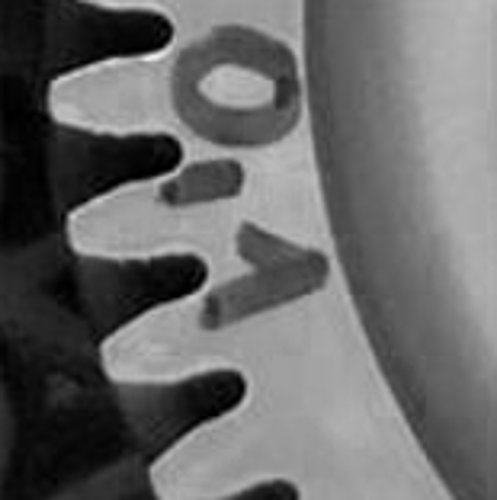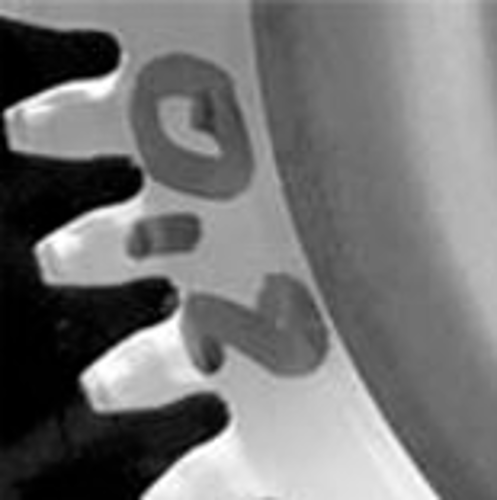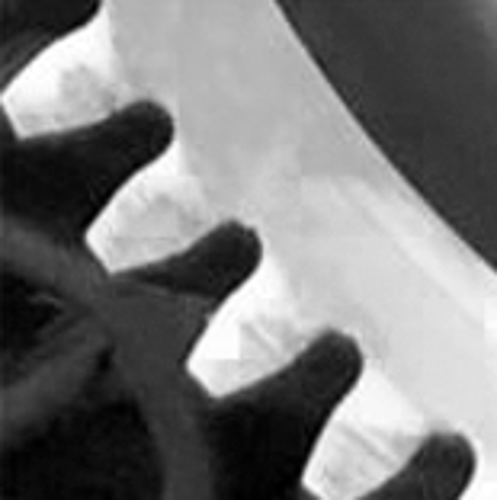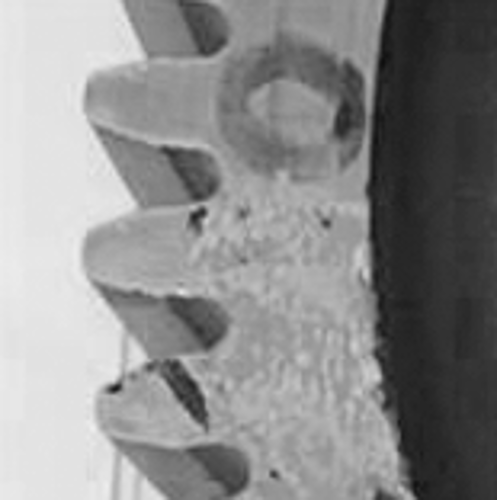- Flow sensors
- Products- innovations
- SDP air gap sensor
Air gap sensor for machine tools
Innovative air gap measurement
The SDP air gap sensor detects the distance between the surface and object with consistent accuracy and outputs it as an absolute value. Even the smallest deviations of the actual position from the target position are reliably detected. This permanently ensures the quality of your product.
Since the gap is calculated on the basis of pressure and flow, the measurement remains accurate at all times, regardless of pressure fluctuations, number and diameter of the nozzles.In addition, the robust measuring pipe can also withstand the purge pressure, eliminating the need to switch between purging and measuring.
Product advantages
What are the advantages of the SDP air gap sensor?
Gap value, flow and pressure- all information at a glance
Precise measurement results and zero gap detection
Air gap output as absolute value
Self-cleaning effect increases long-term stability
Simple teach-in of the target state with one click
Typical applications
Part seat monitoring
The new air gap sensor is mainly used in modern machine tools. Here, the positioning between workpiece and tool table, or tool head and tool holder, is monitored. The SDP detects and signals any misalignments, such as those that may result from dirt on the surface.
This reliably ensures the quality of the end product.
Part seat monitoring between workpiece and tool table to detect misalignment, e.g. due to chips
- clamping fixture
- workpiece
- milling machine
- air hoses
- chips
- air
- air nozzle
The SDP110 air gap sensor can measure the distance between the measuring nozzle and the workpiece in the range of 0...500µm with a repeatability of ± (3% of the measured value + 2µm). Depending on the application area, this corresponds to an accuracy of up to 5 to 10 micrometres. The repeatability of the sensor is thus up to ten times finer than a human hair.
This creates new, precise solutions, for example for surface quality control, which could not be realised with previous measuring systems.
Surface quality
| Surface 1 | Surface 2 | Surface 3 | Undefined | |
 |
 |
 |
 |
|
| Measured value SD | 0 mm | 0.003 mm | 0.006 mm | 0.026 mm |
| Status HMI |
Due to the high precision of the sensor, the surface characteristics have a direct influence on the measurement result.
Zero gap or clogging detection
Conventional measurement technology uses a differential pressure measurement to determine the gap distance and can therefore only detect a good/bad area or indicate a pressure difference in mbar as a relative measuring system. As a result, these systems are not able to clearly detect a gap with a distance of 0, the so-called “zero gap”, or a clogged nozzle.
Due to the combined evaluation of flow and pressure, the new SDP110 system is not only able to measure a distance in absolute distance values [mm], but furthermore to clearly detect a zero gap or a clogged nozzle.
Self-cleaning
Switching between measuring air and purging air
In this application, the measuring nozzles are located directly in the machining centre of the machine tool. This exposes the nozzles to enormous stress from cooling lubricant, dust and dirt. Due to these harsh environmental conditions, it is necessary to free the nozzles and the system from dirt accumulation and to clean the machining centre with a higher pressure and strong flow after each workpiece change.
Therefore, the process is divided into 2 pressure levels:
- The measuring air flows through the system at a pressure of 1 to 3 bar. A sensitive measuring system is able to evaluate gap dimensions under these conditions.
- The purging air is passed through the system at a pressure of 6 bar and a high flow velocity in order to free the machining centre from possible adhering soiling.
Disadvantage: The conventional sensitive pressure measurement technology would be destroyed by the high pressure of the purging air. To avoid this, a prior switching between measuring and purging air is required
By using the robust air gap sensor SDP110, which is pressure-resistant up to 16 bar, this switching is no longer necessary. And more: The sensor uses the purging air to clean itself. This increases the lifetime and optimises the long-term stability of the sensor. A defect of the system due to soiling is thus simply a thing of the past.
Easy handling
Convenient set-up
Due to ever smaller batch sizes, it is constantly necessary to teach in new workpieces or new production positions. To teach in the switch point, predefined gauges or patterns defined as good parts are placed in the machine. The sensor is set to the corresponding distance value.
Since this is a repetitive task, it must be possible to teach in new switch points as efficiently as possible. Where conventional sensor technology requires time-consuming adjustment via buttons on the sensor, the new air gap sensor offers the option of teaching in switch points conveniently and at the touch of a button either via the integrated IO-Link interface or via the separate teach input on PIN4. This reduces the set-up time considerably.